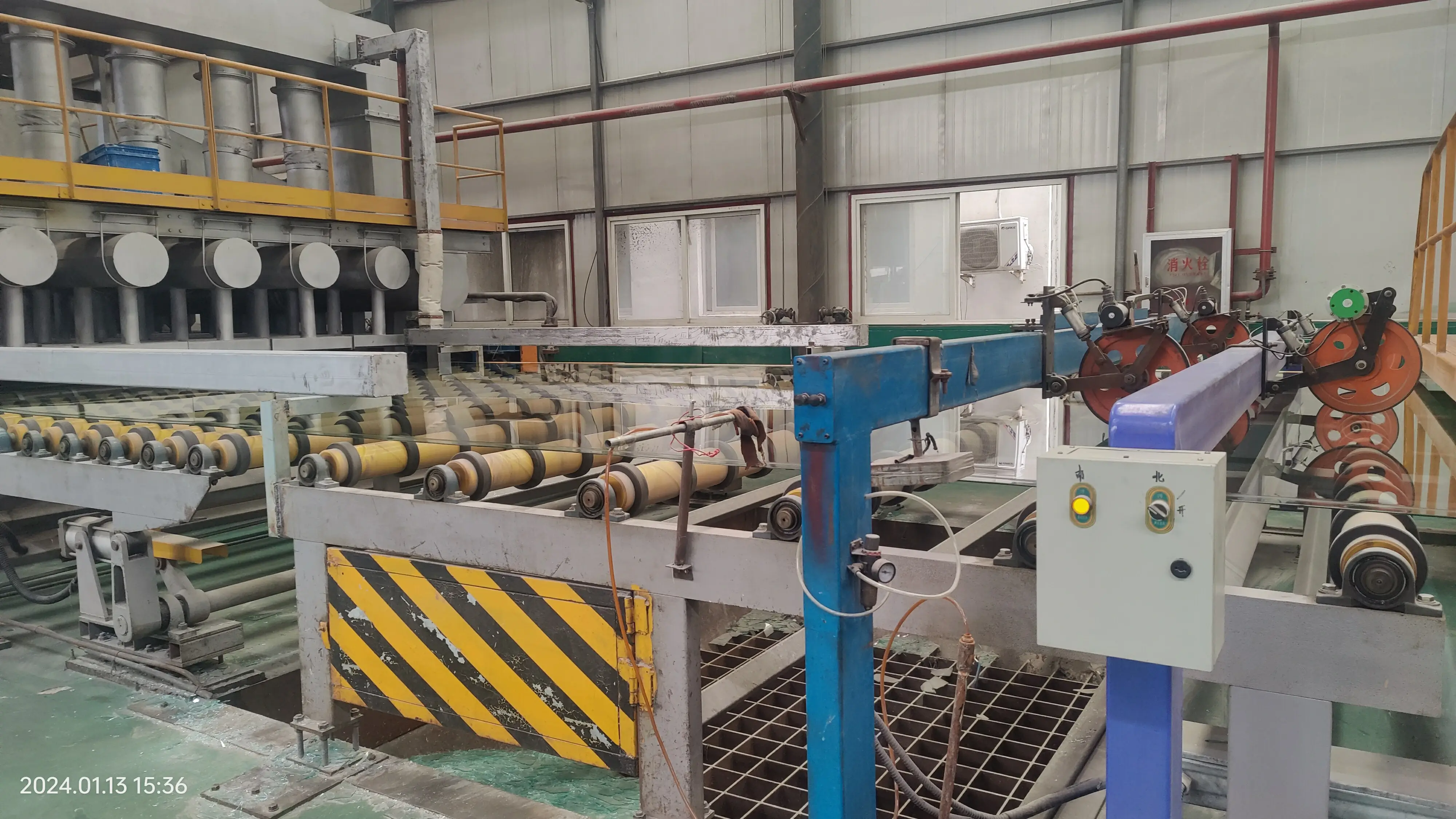

The Versatility and Sustainability of Green Float Glass
In the realm of modern construction and design, materials play a pivotal role in determining the aesthetics, functionality, and sustainability of buildings and products. Among these materials, green float glass has emerged as a significant player, primarily known for its distinct hue and versatile applications. This article delves into the characteristics, uses, and environmental benefits of green float glass, highlighting why it has become a preferred choice in contemporary architecture and manufacturing.
Green float glass is a type of glass that exhibits a subtle green tint, primarily due to the iron oxide present in the raw materials used during its production. The float glass production process, which involves melting silica sand, soda ash, and limestone, followed by floating the molten glass on top of molten tin to create a perfectly flat surface, results in this unique color. The green tint not only enhances the aesthetic appeal of structures but also provides an elegant touch that resonates with natural elements.
One of the most significant advantages of green float glass is its excellent transparency and light transmission properties. With approximately 90% solar energy transmittance, it allows for an ample inflow of natural light, promoting energy efficiency within buildings. This feature minimizes the need for artificial lighting during the day, helping to reduce overall energy consumption. Consequently, green float glass is an ideal choice for residential and commercial buildings aiming for sustainability without compromising on aesthetic appeal.
Additionally, the durability of green float glass makes it suitable for various applications
. Its resistance to weathering, UV radiation, and chemical corrosion ensures that it maintains its integrity and appearance over time, even in harsh environments. Architects and designers often utilize green float glass in facades, windows, and skylights, capitalizing on its ability to withstand the elements while providing a visually striking element to a building's design.
Beyond architecture, green float glass is also embraced in the automotive industry. The glass is used in car windows and windshields, providing not just safety and visibility but also contributing to the vehicle’s thermal performance. By minimizing heat transfer, green float glass helps to regulate the internal temperature of vehicles, further enhancing energy efficiency.
From an environmental perspective, green float glass is an excellent choice for sustainable design. The manufacturing process for float glass has advanced to prioritize energy efficiency and waste reduction. Many manufacturers now focus on recycling post-consumer glass, which significantly reduces raw material consumption and energy usage. Moreover, the production of float glass typically involves lower CO2 emissions compared to other types of glass, aligning with global sustainability goals.
As recycling efforts gain momentum, the circular economy surrounding glass production becomes increasingly important. With innovations in recycling technology, old glass can be reprocessed into new glass products, minimizing landfill waste and enhancing resource efficiency. The lifecycle of green float glass contributes positively to sustainability, representing a commitment to reducing the environmental footprint of building materials.
In conclusion, green float glass is a material that embodies versatility and sustainability. Its aesthetic appeal, combined with excellent light transmission, durability, and energy efficiency, makes it a favored choice among architects and designers. Additionally, the commitment to recycling and minimizing environmental impact further solidifies its role in modern construction. As the demand for sustainable practices continues to rise, green float glass stands out as a symbol of innovation and responsible design, paving the way for a greener future in both architecture and manufacturing.